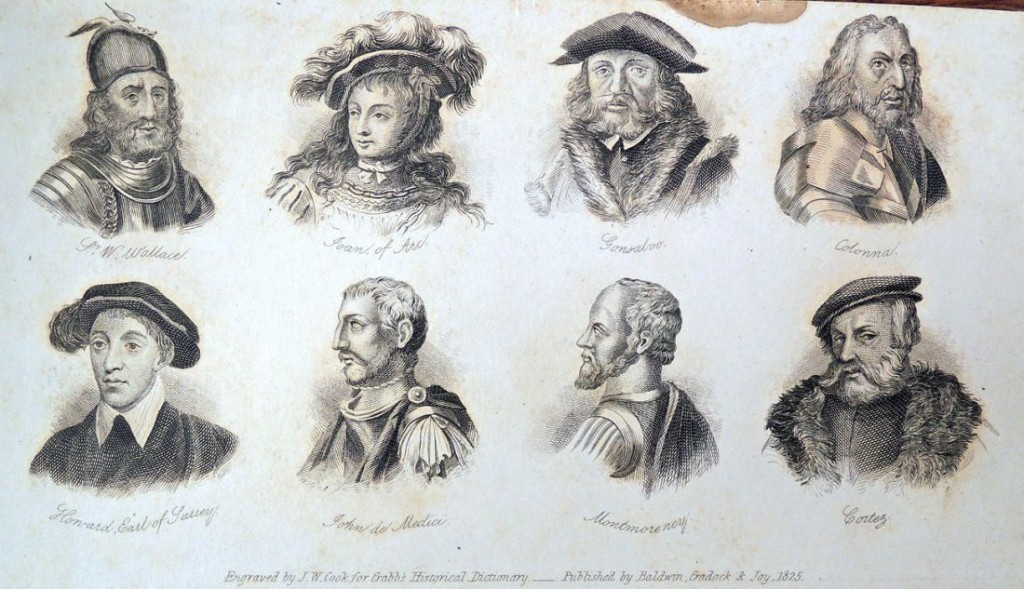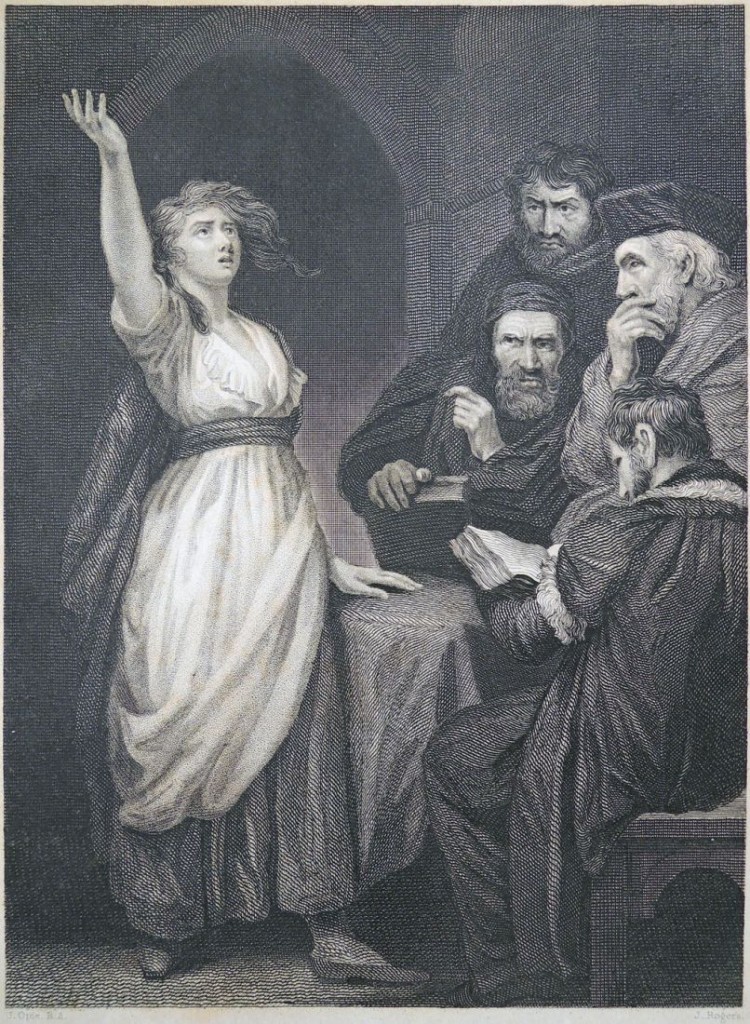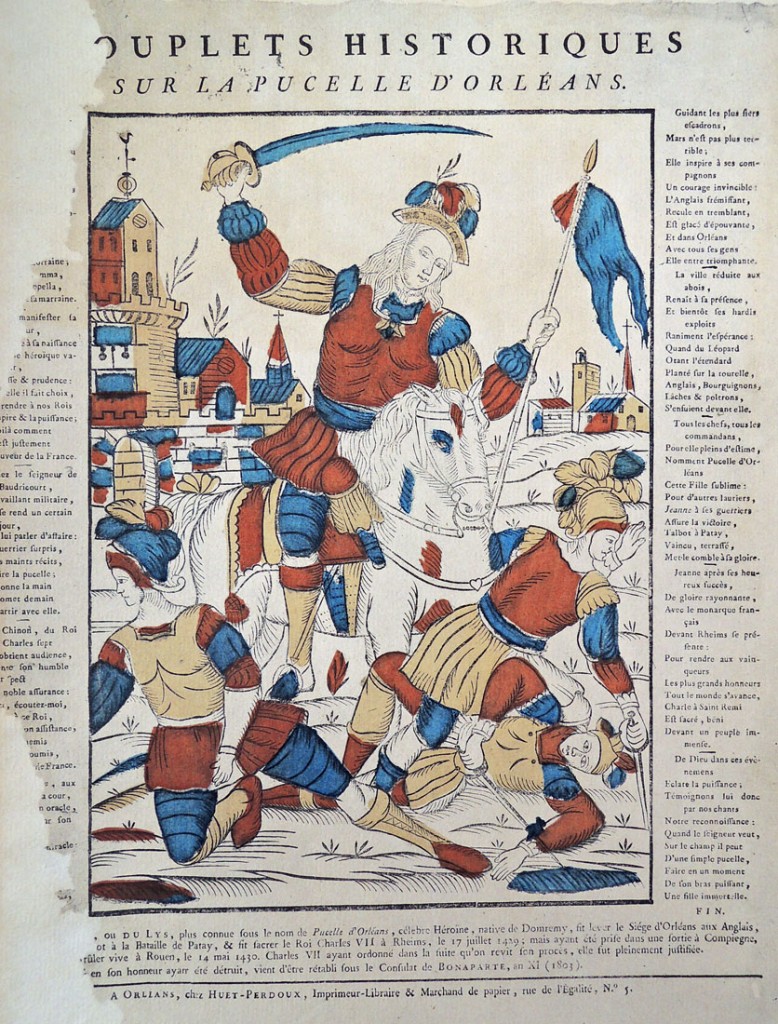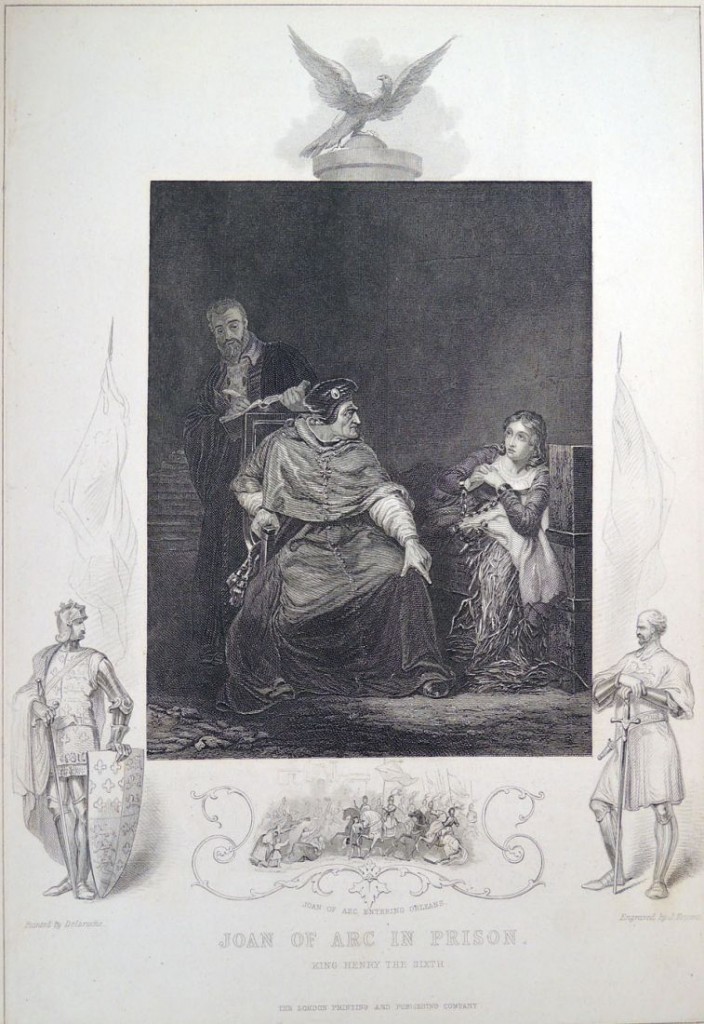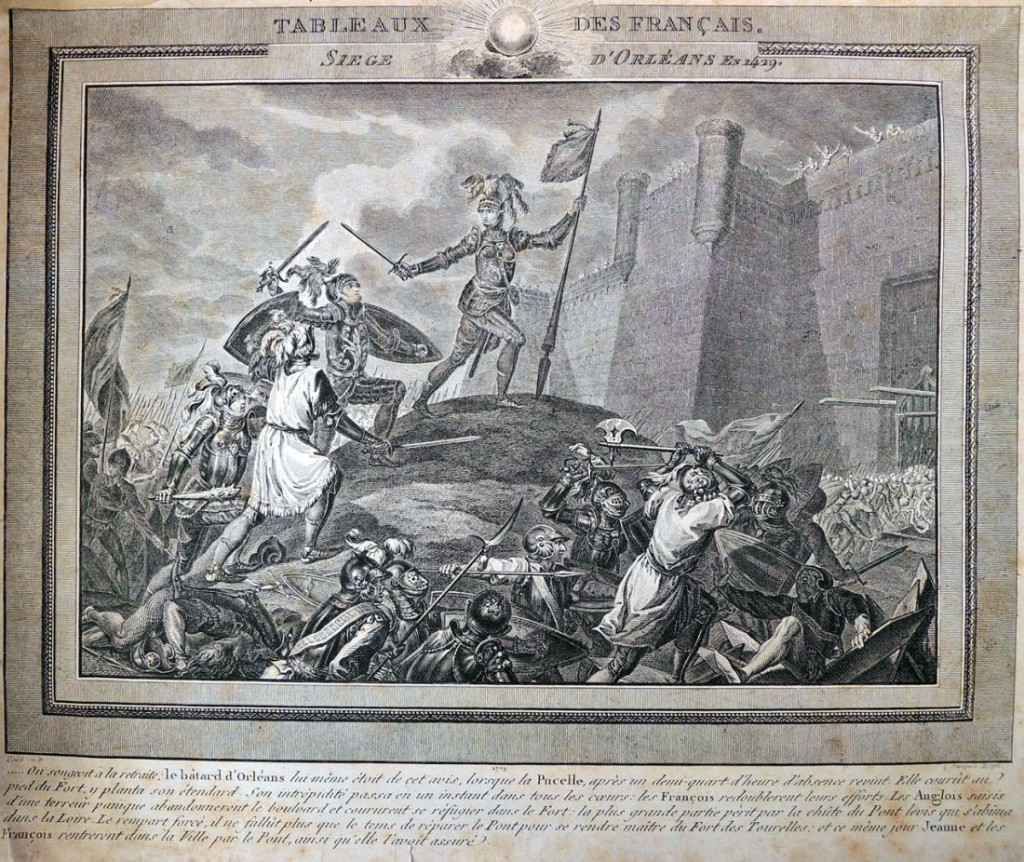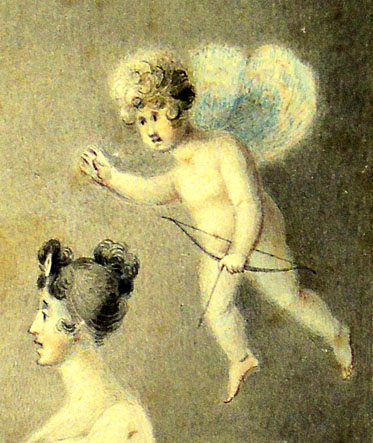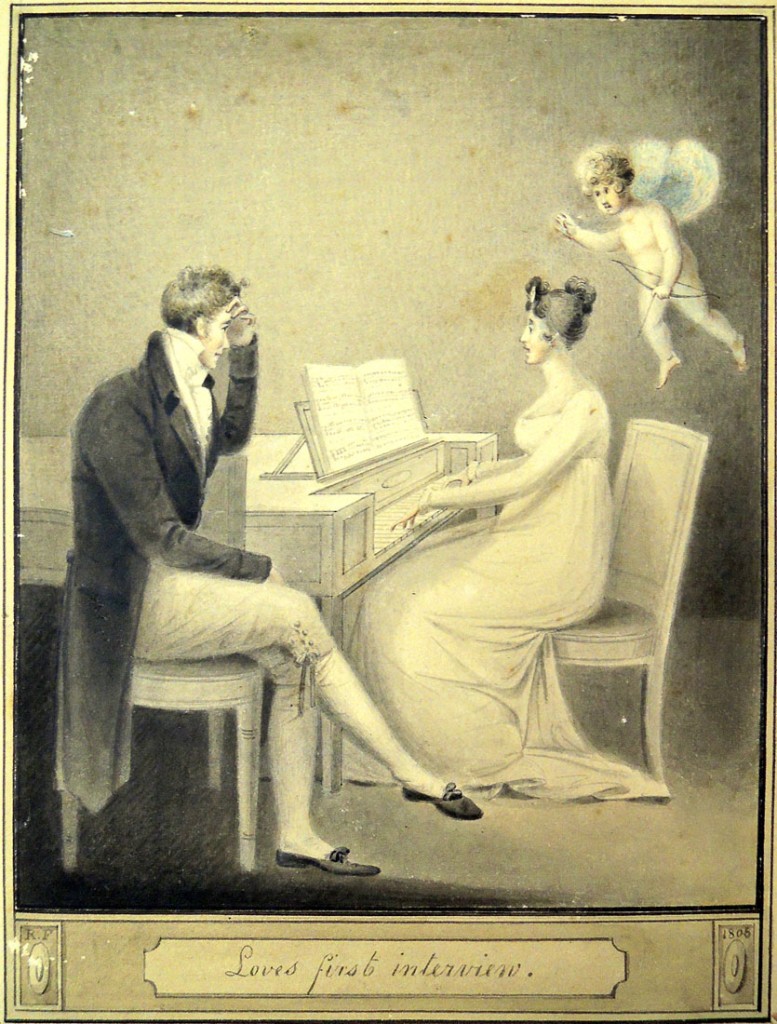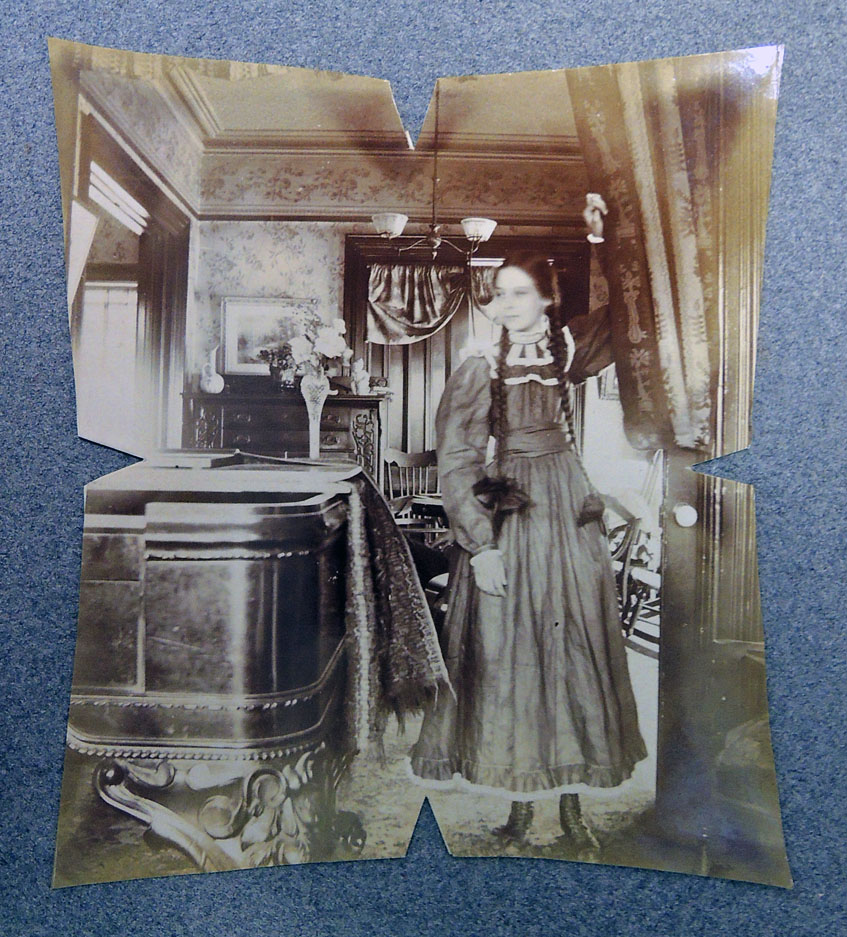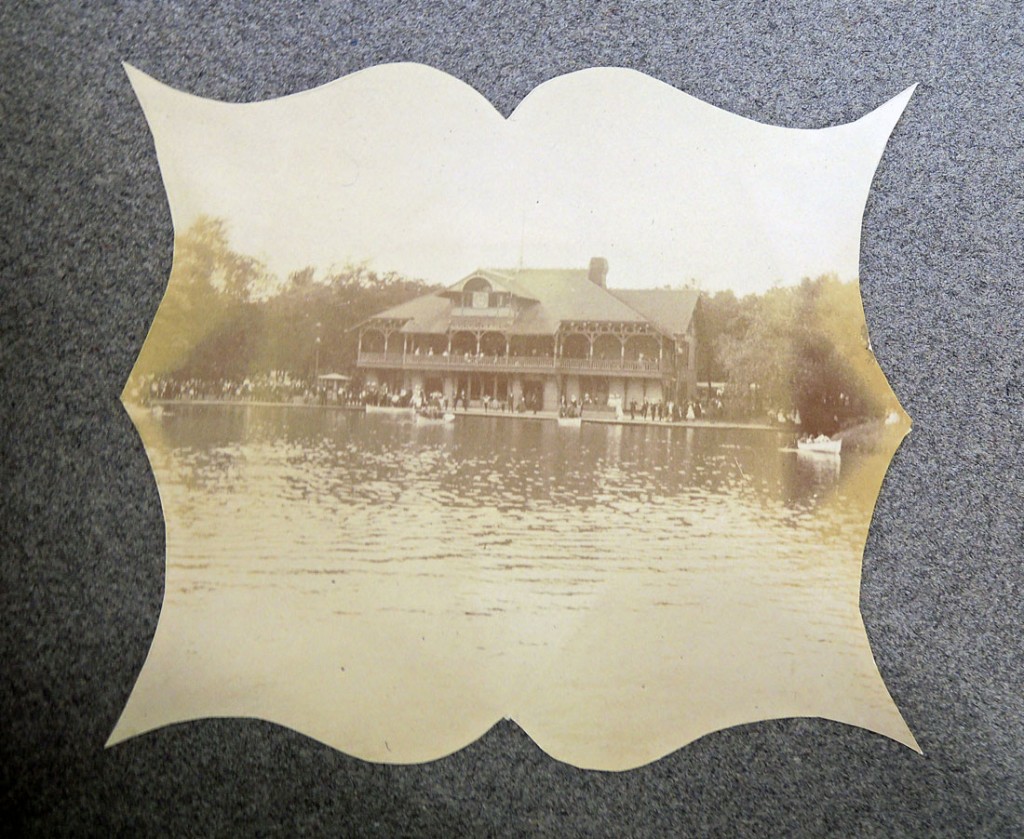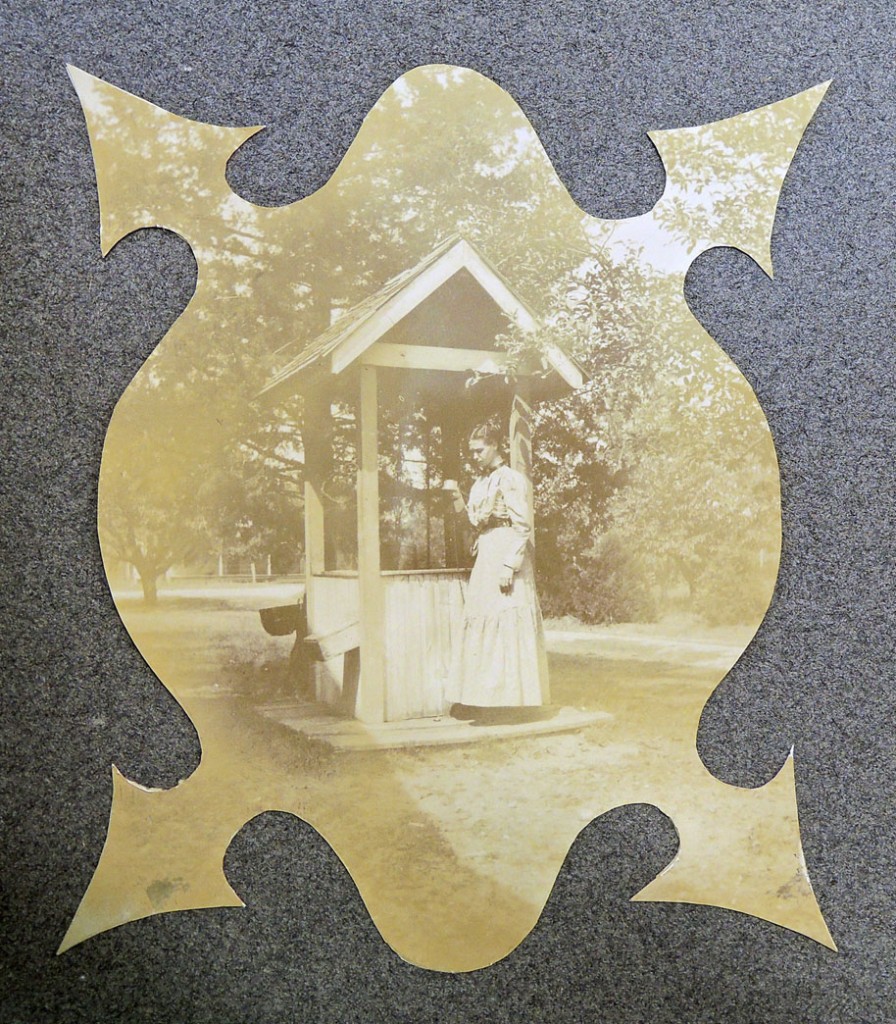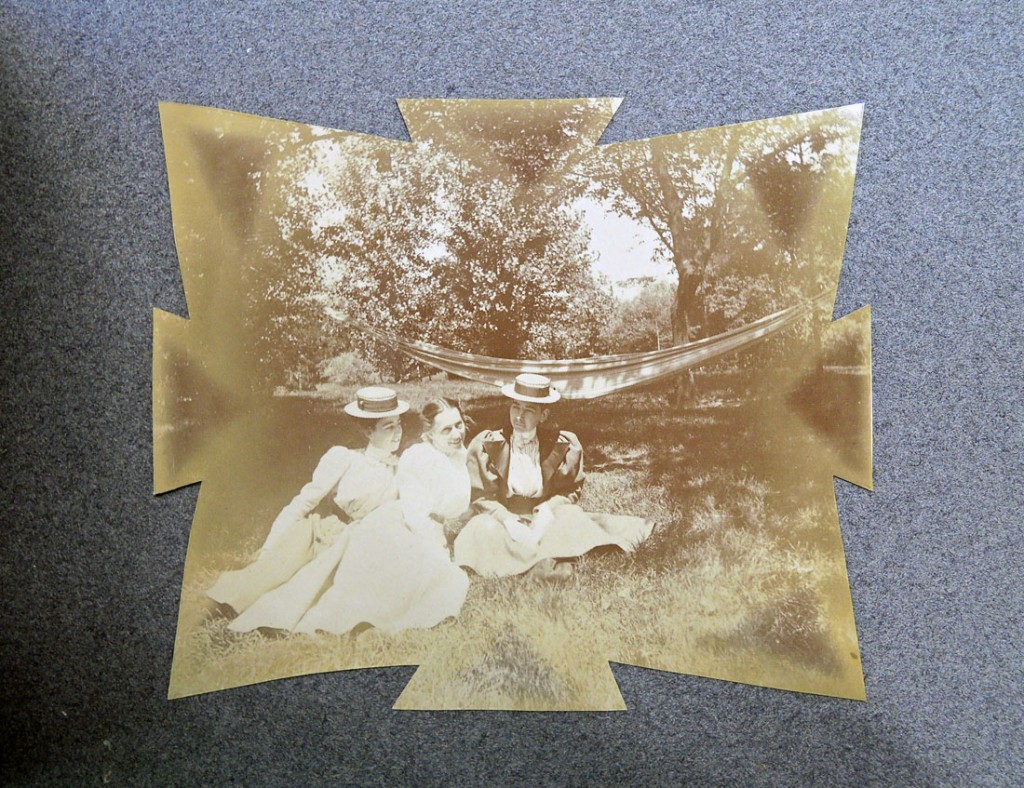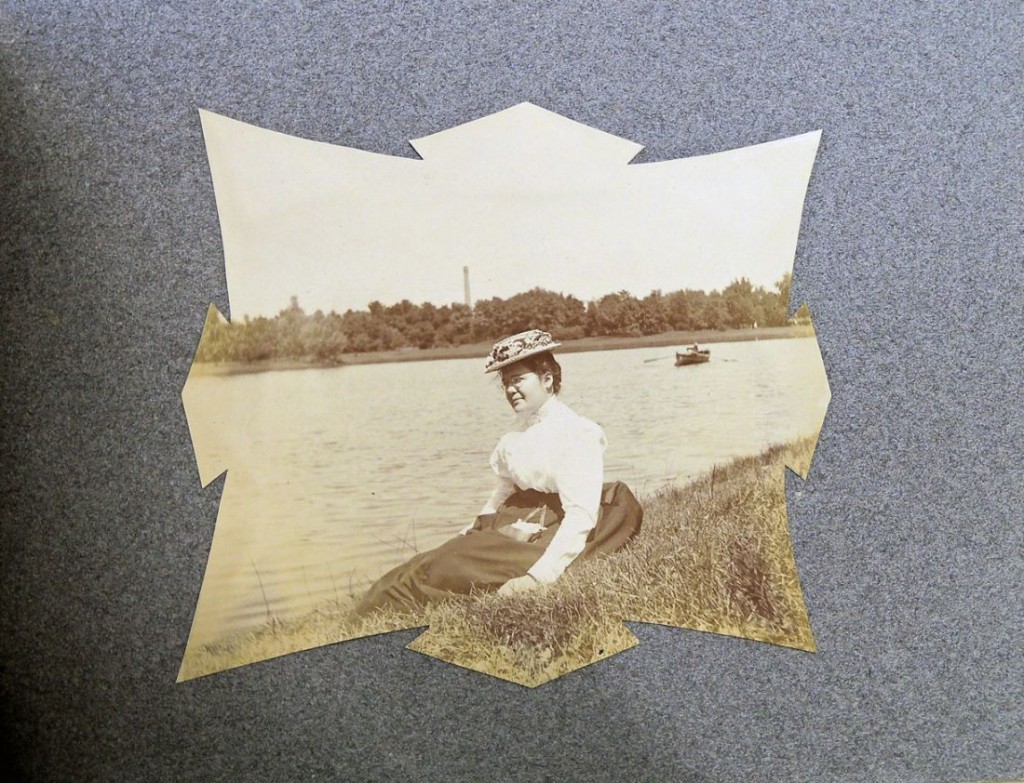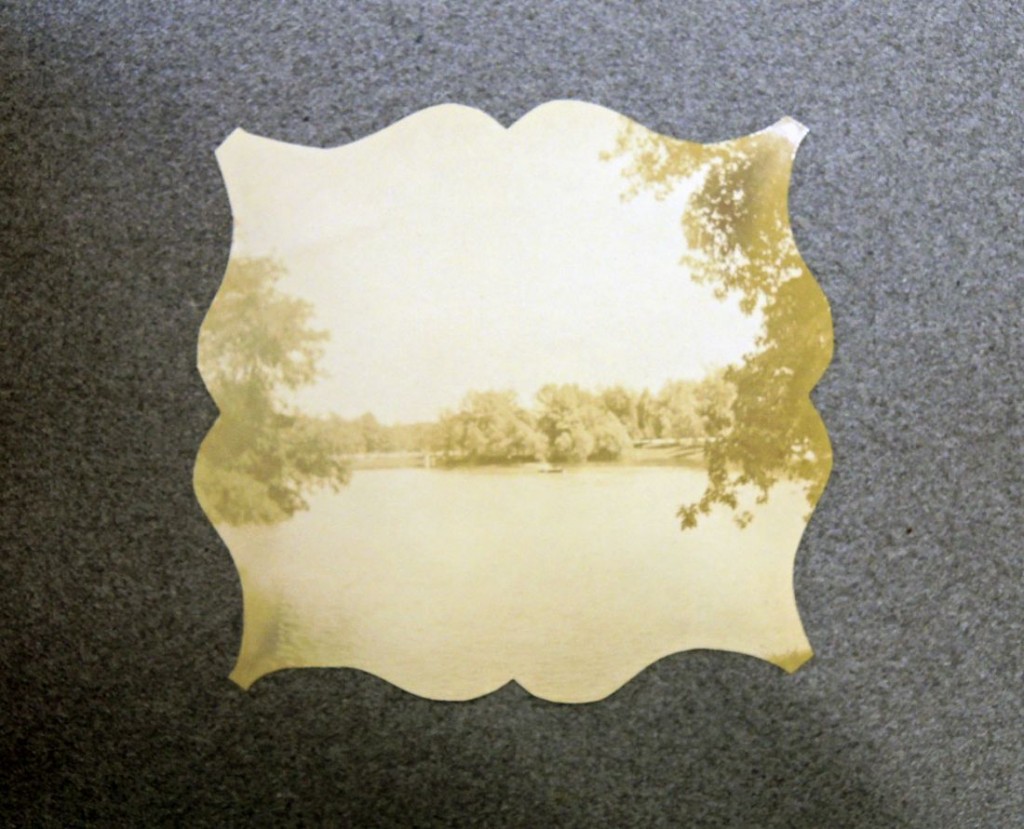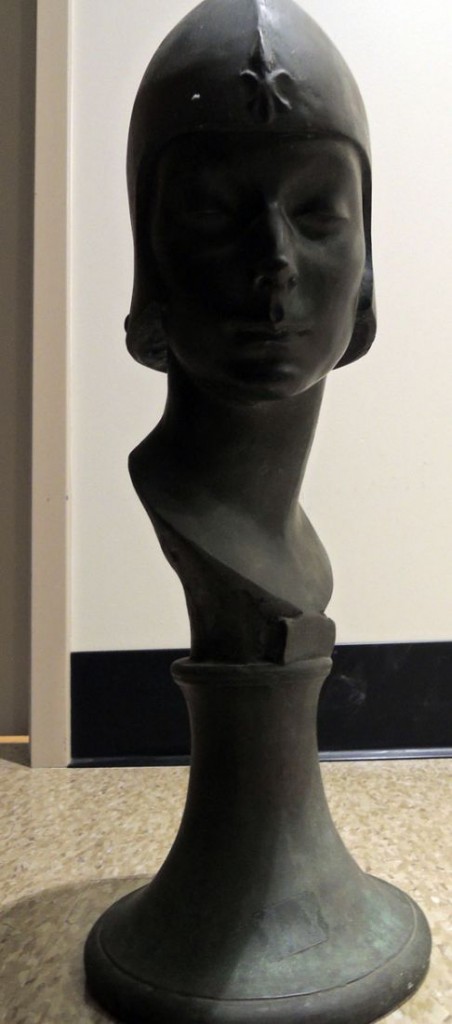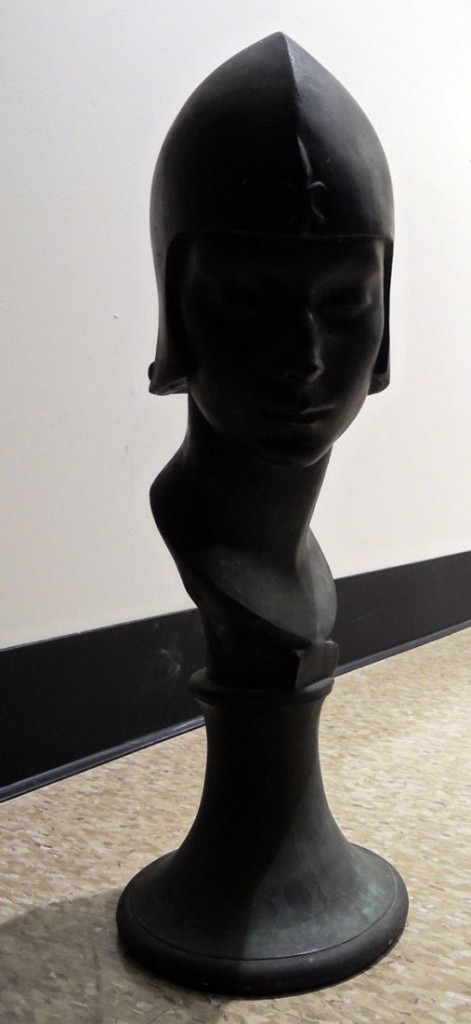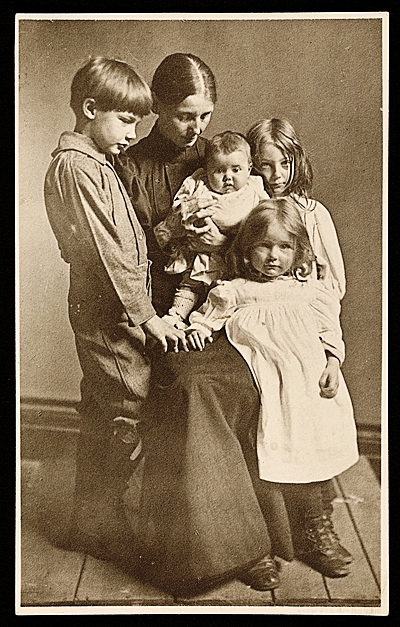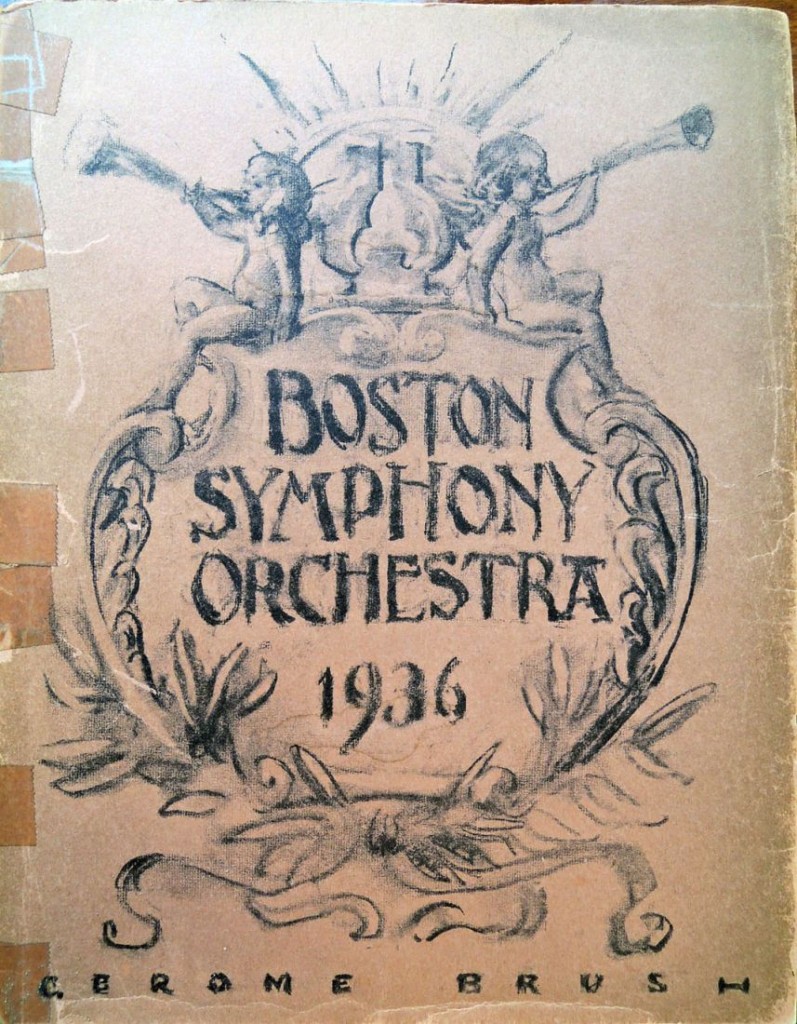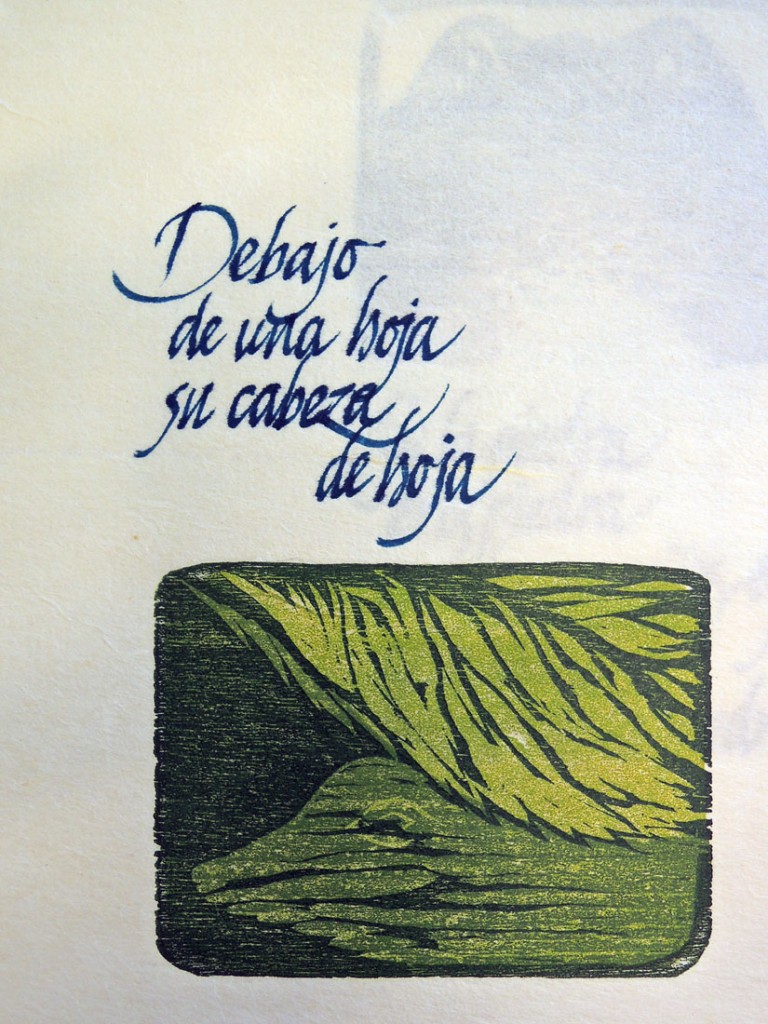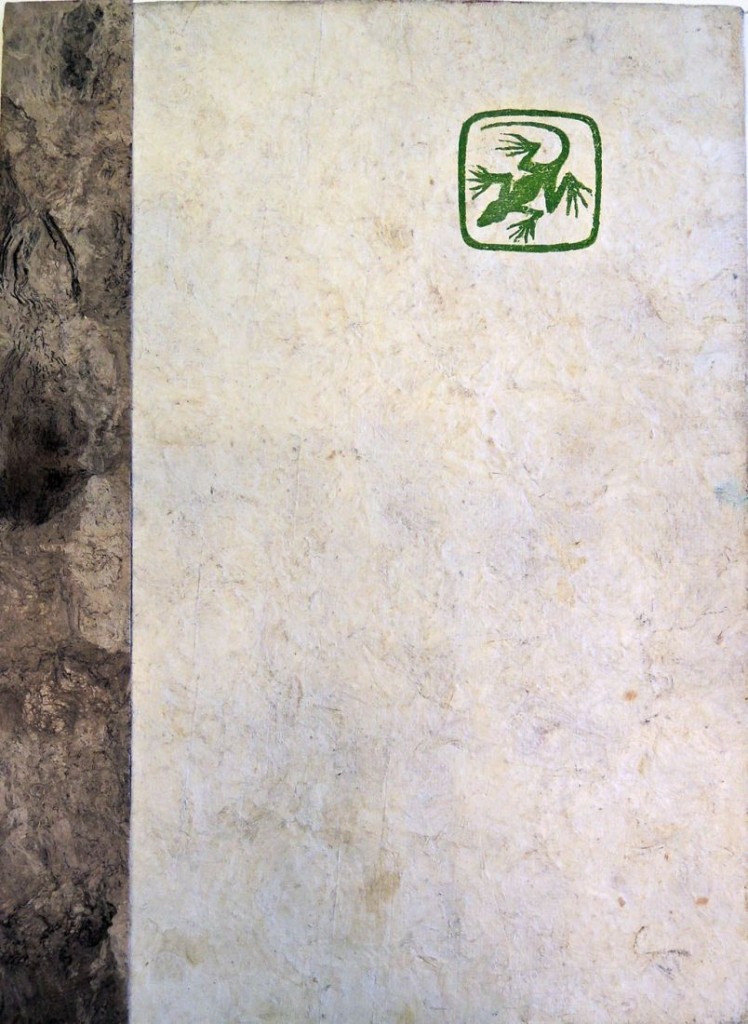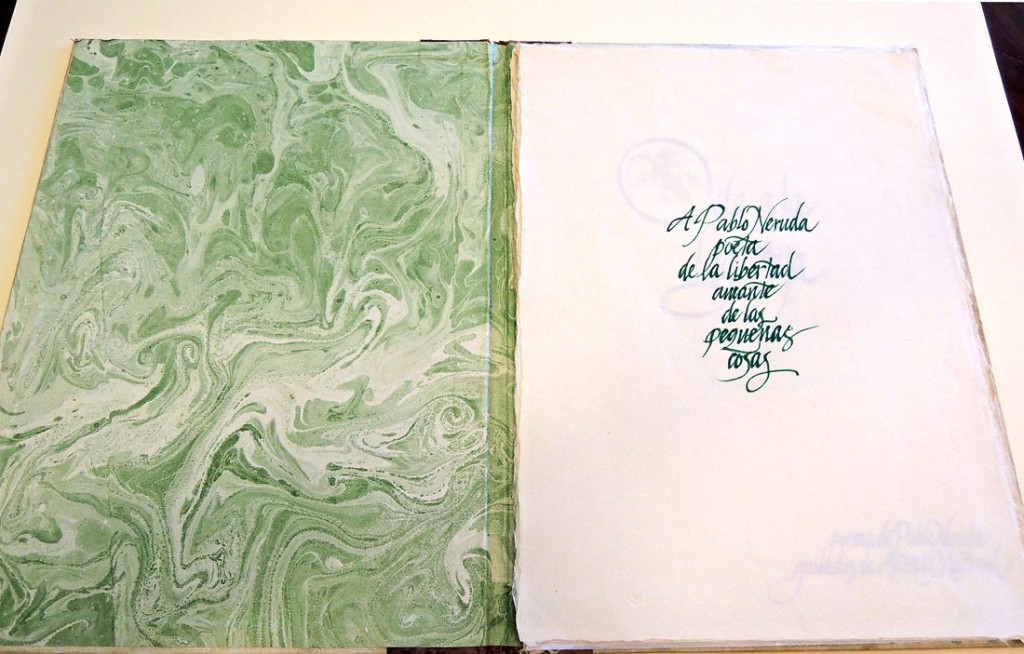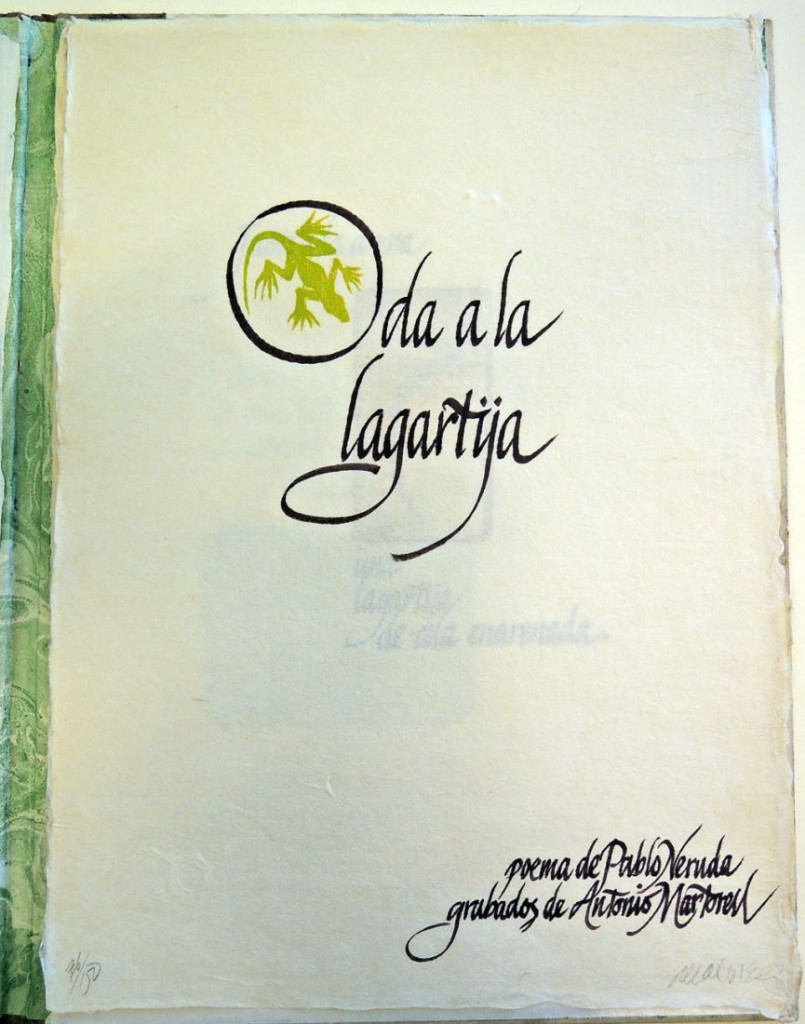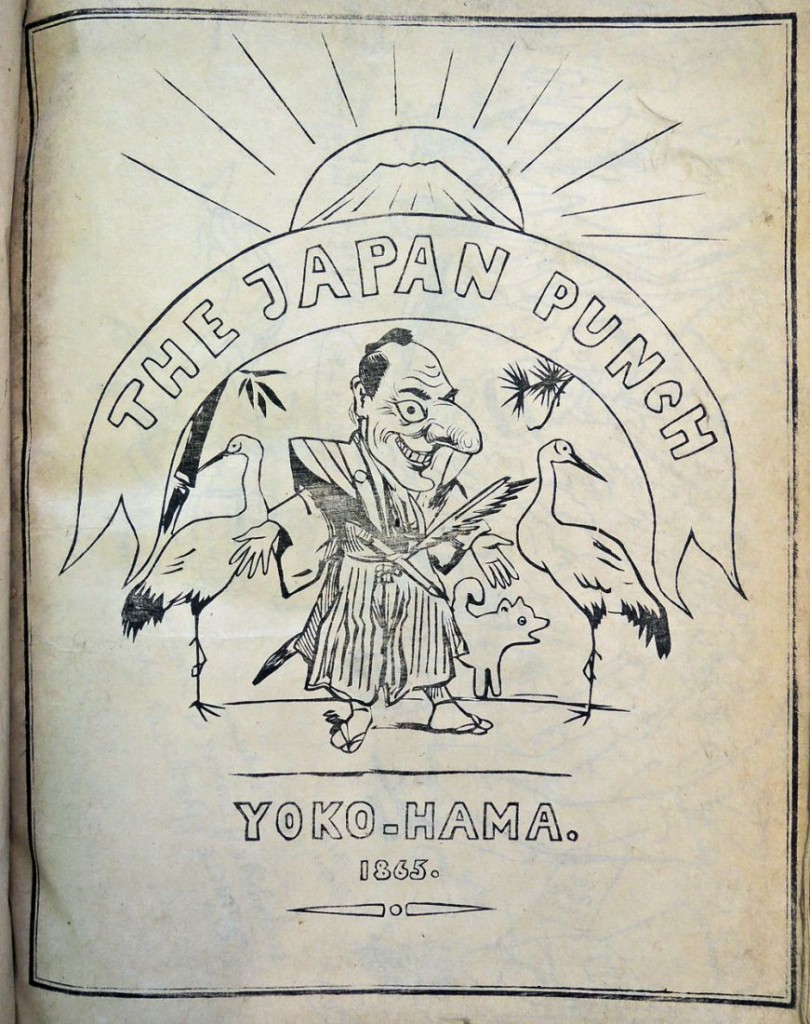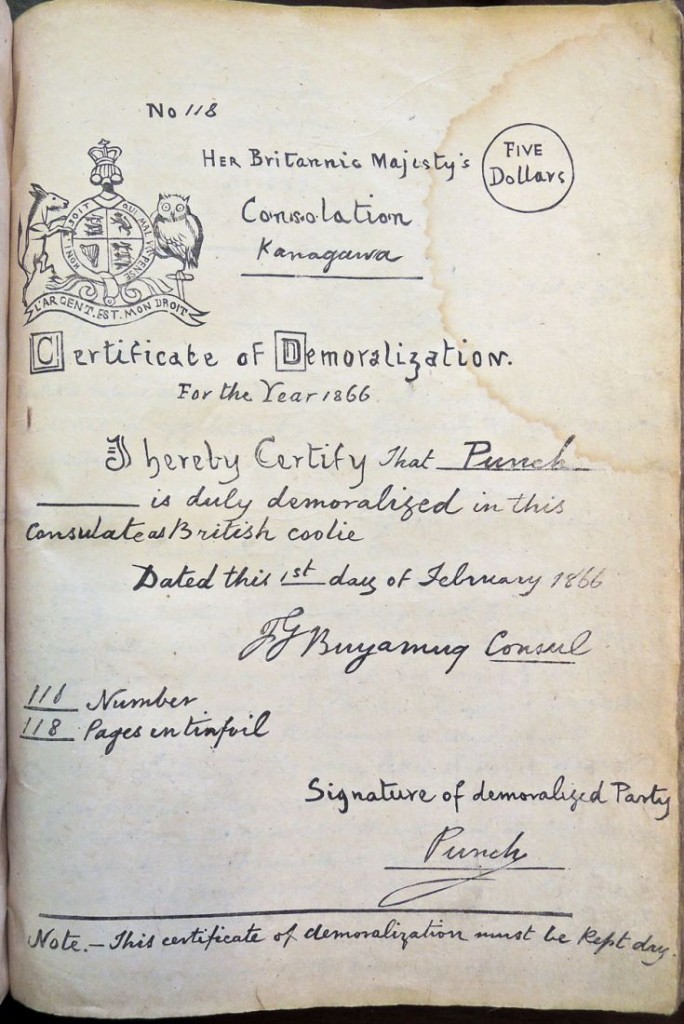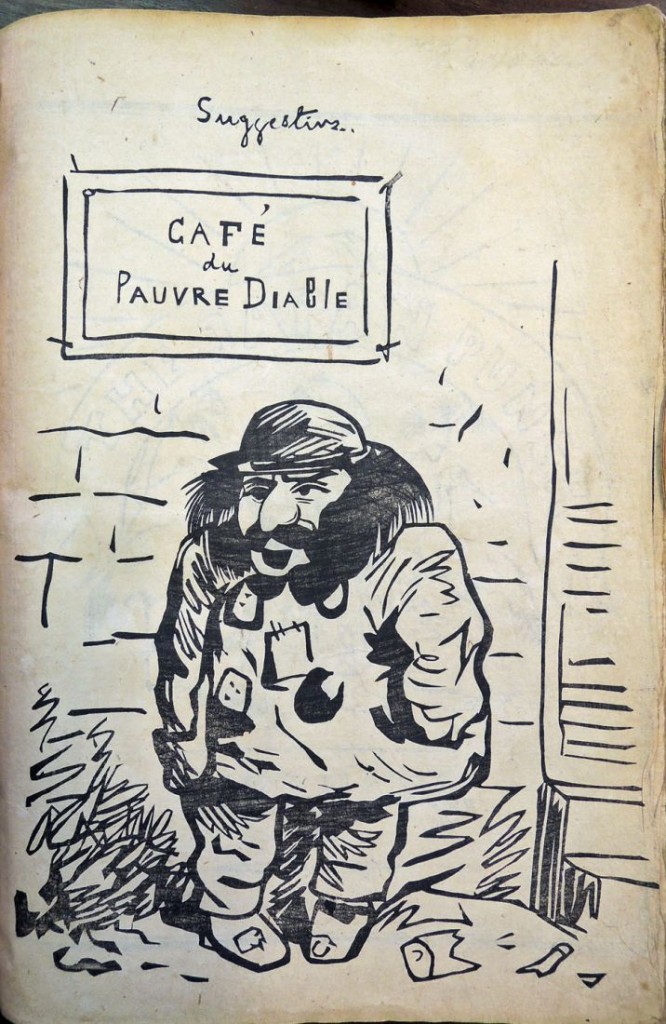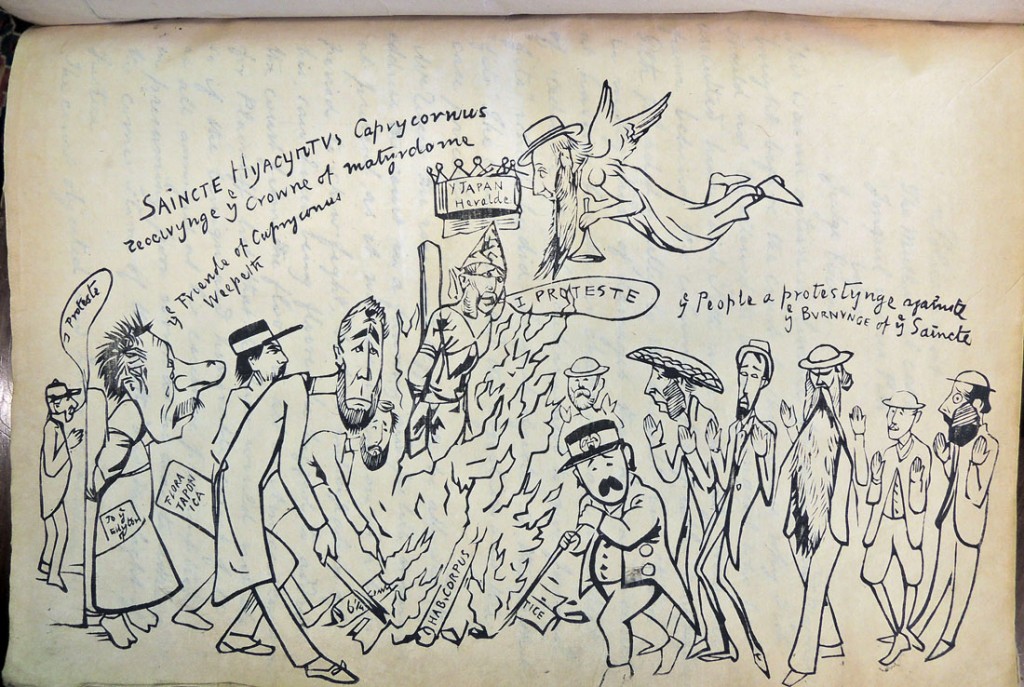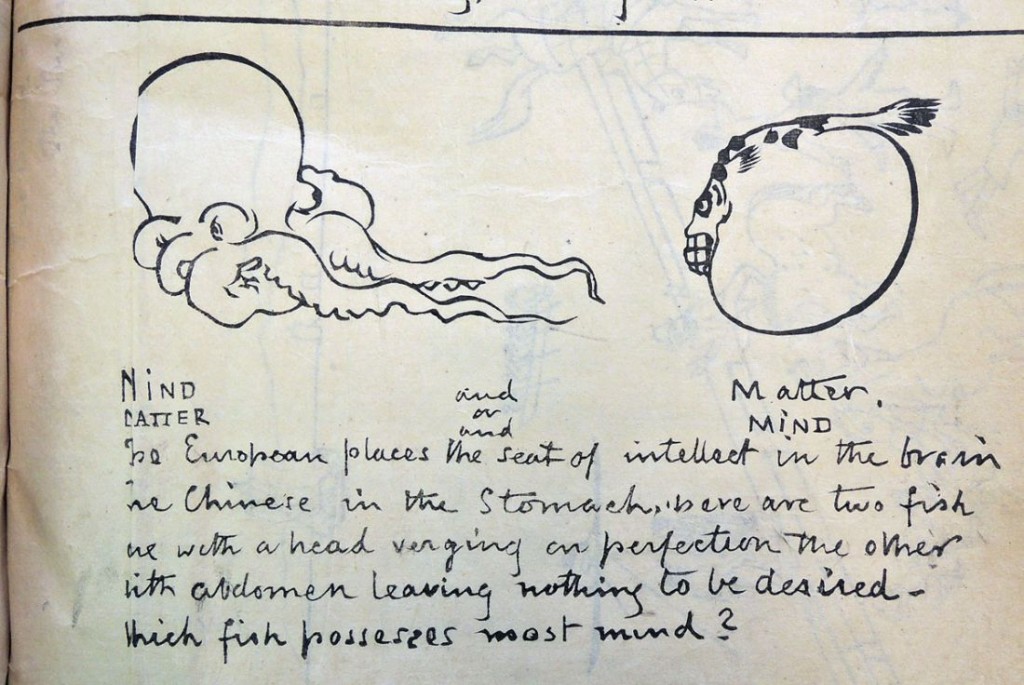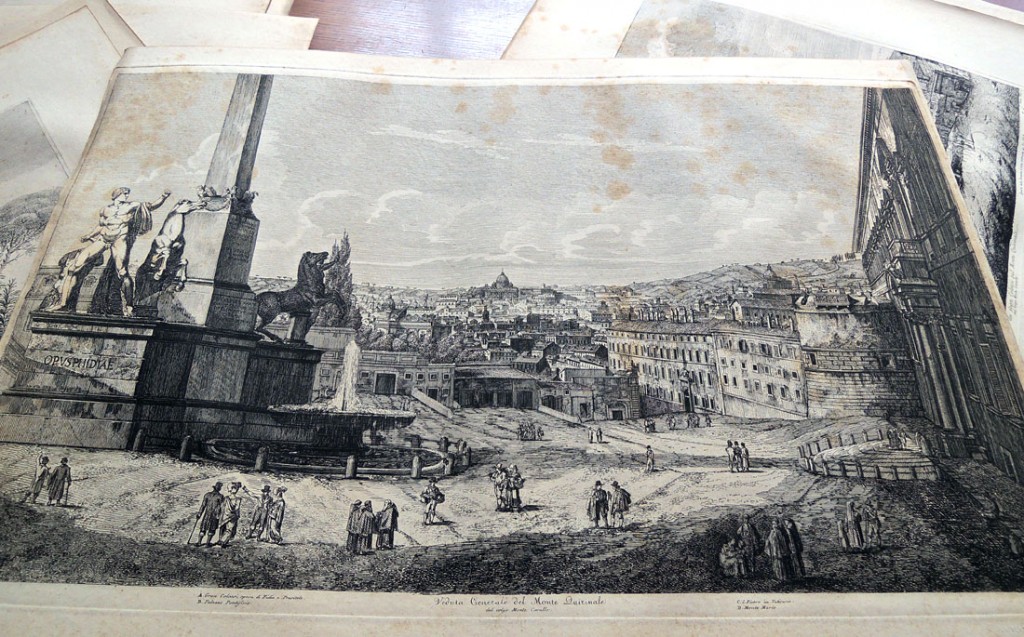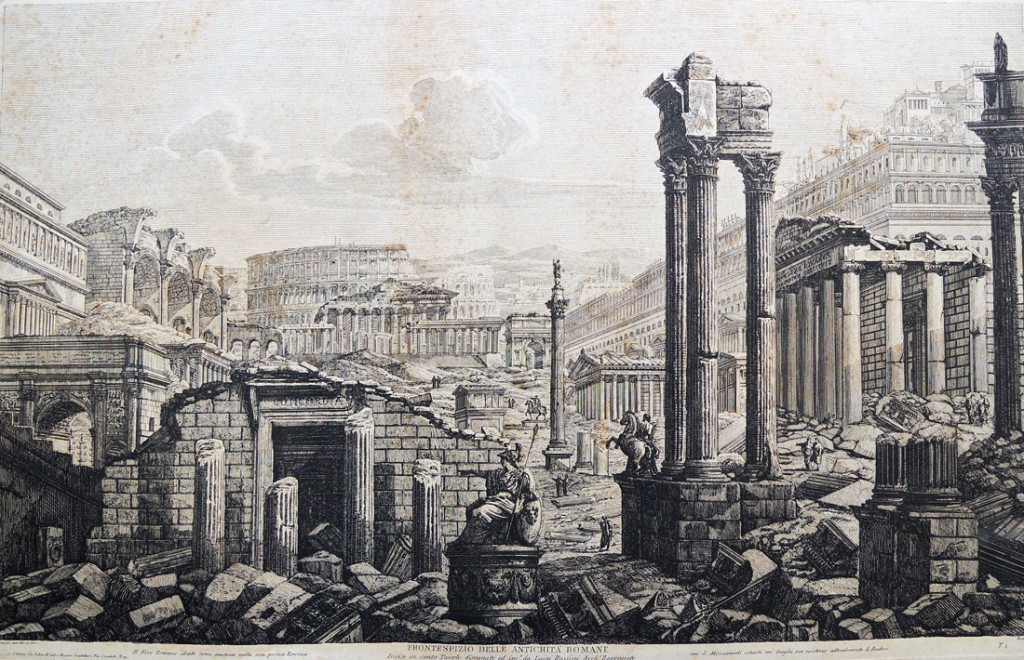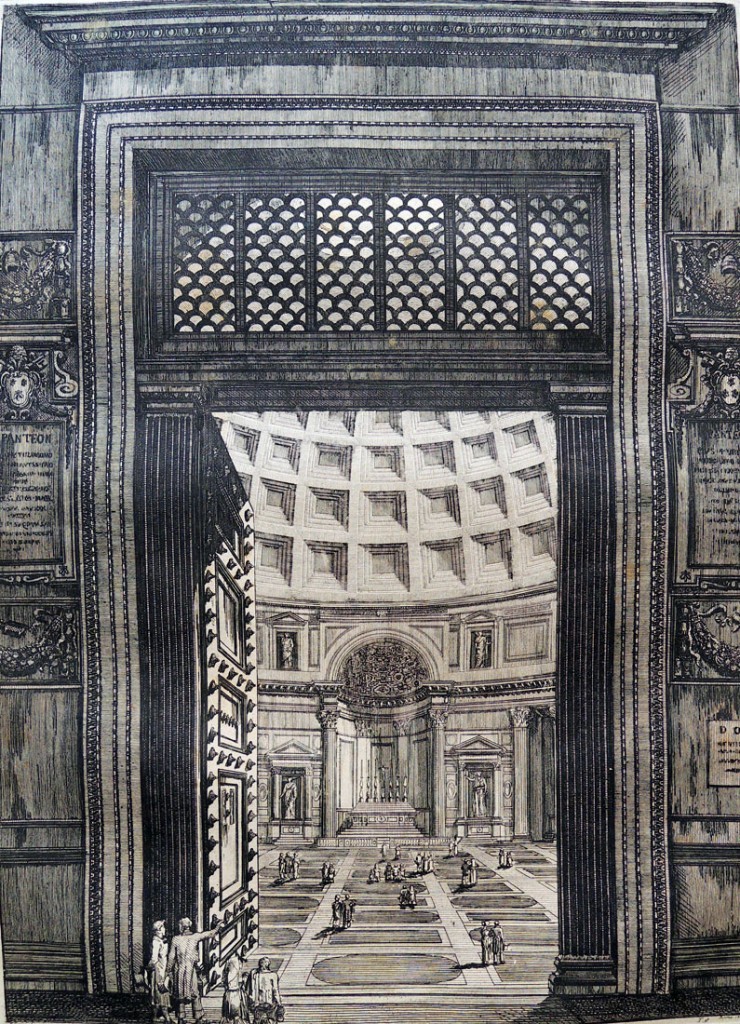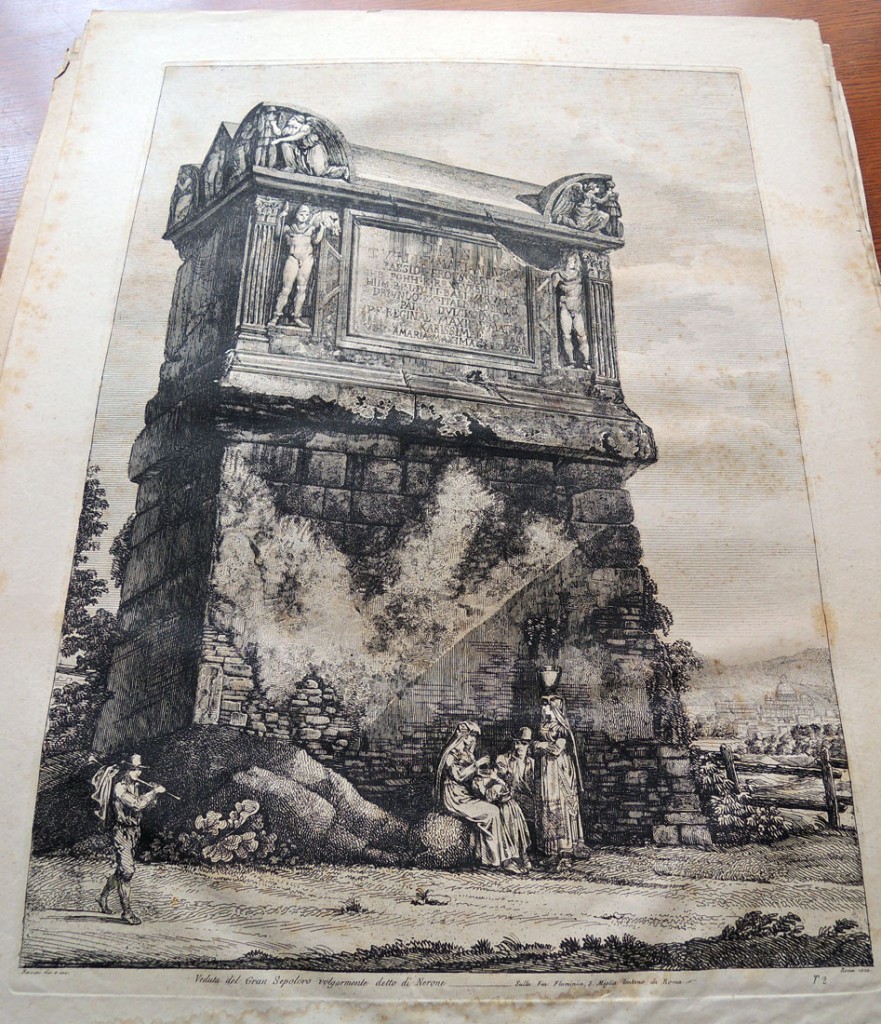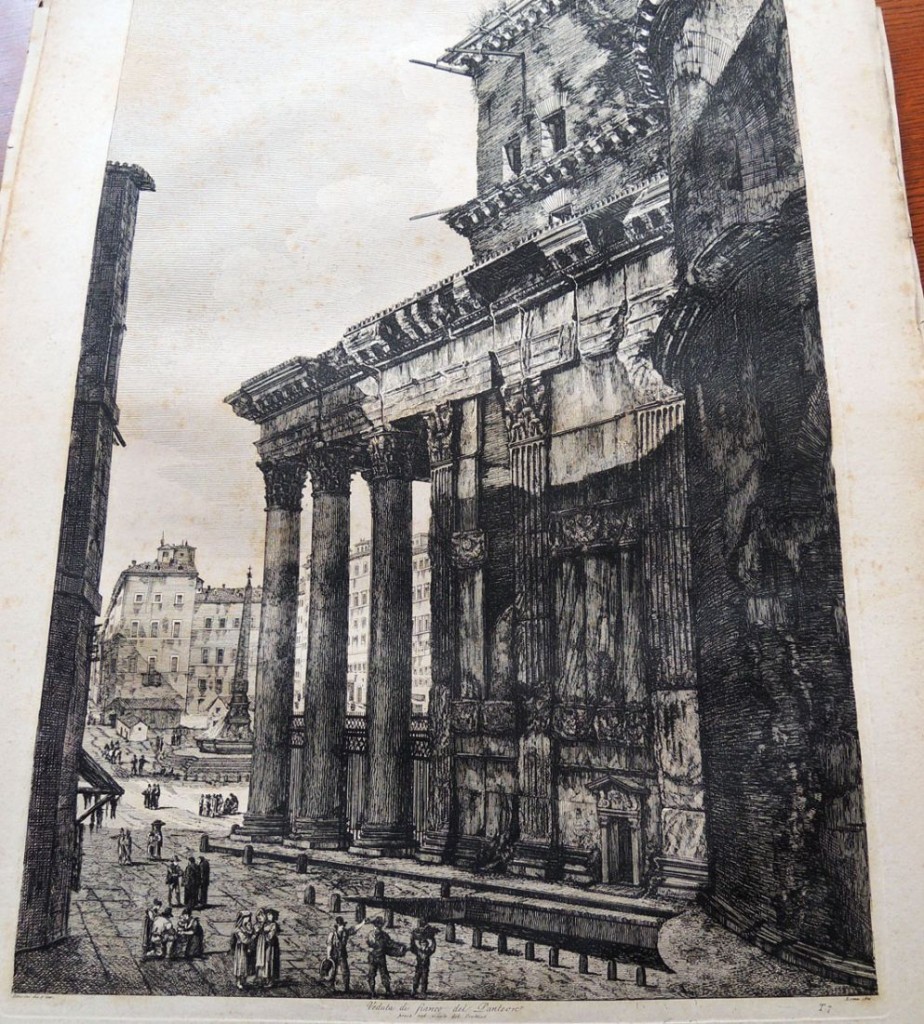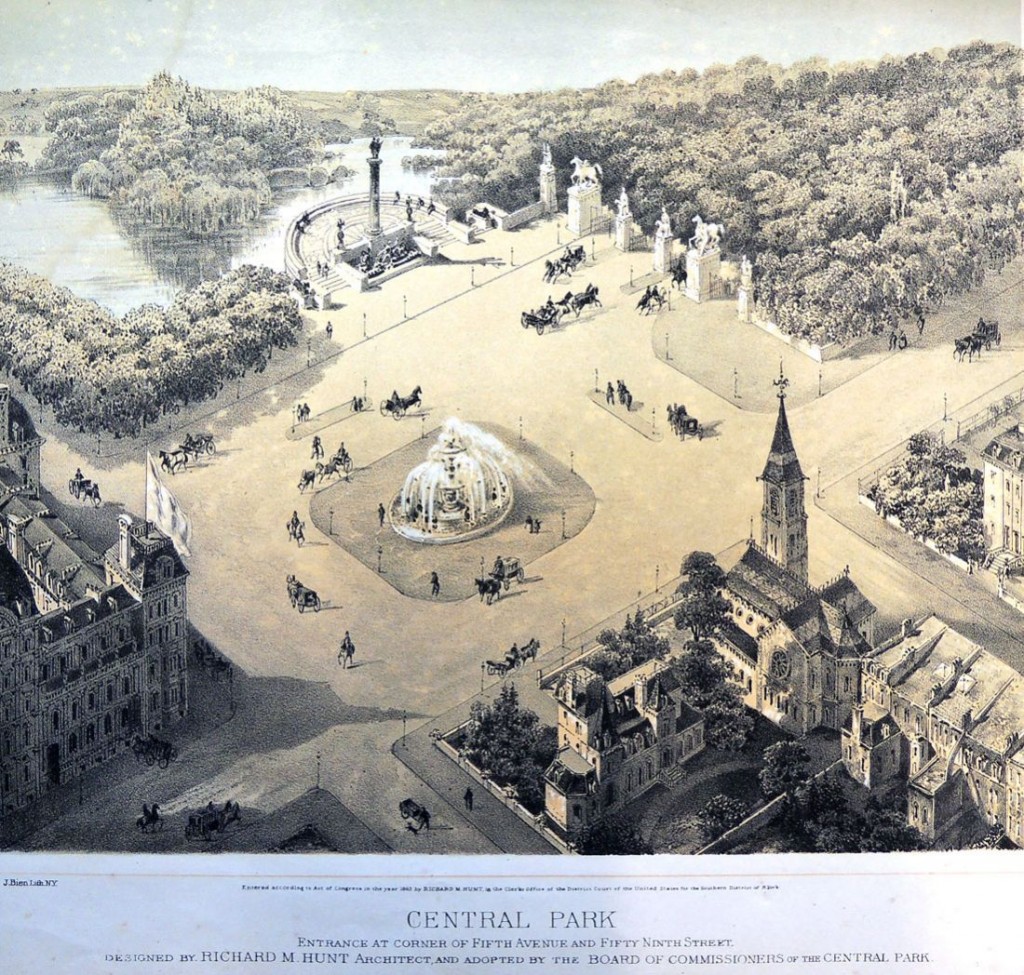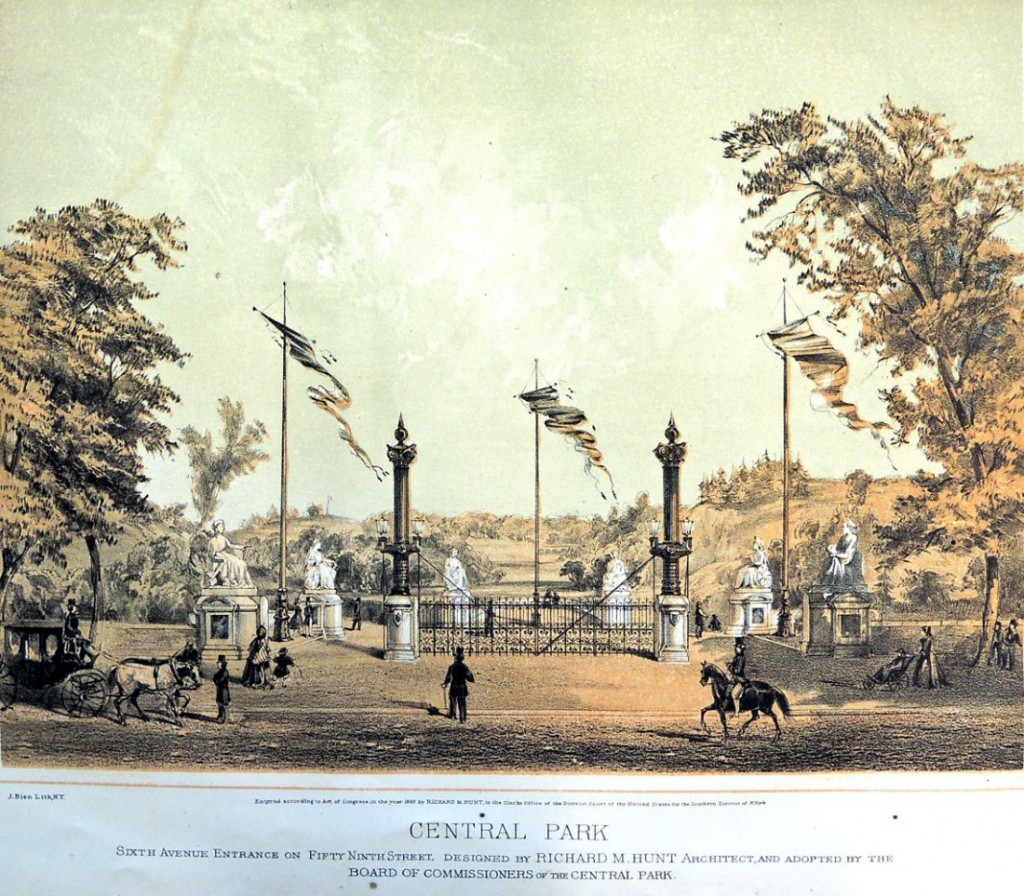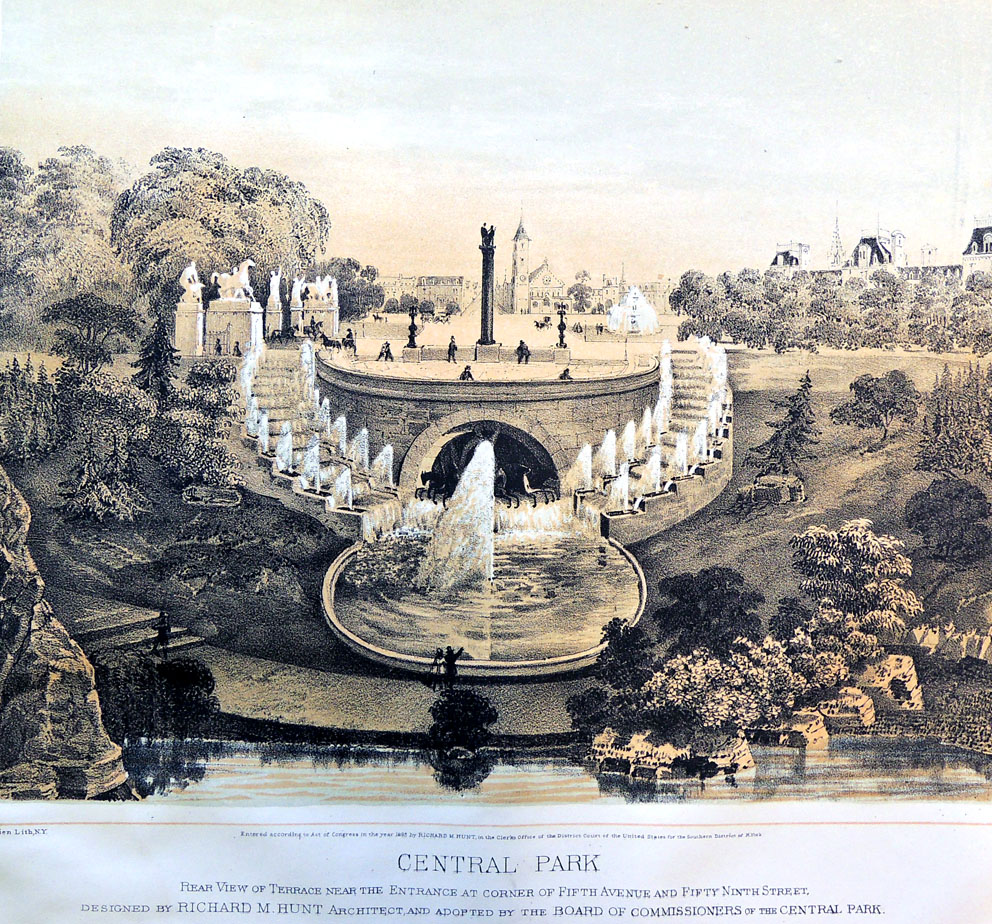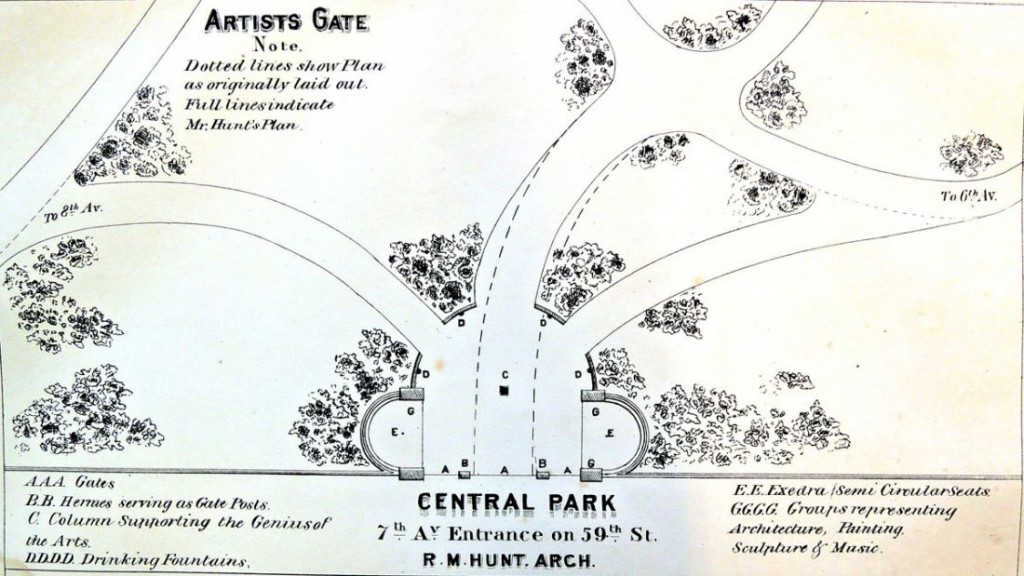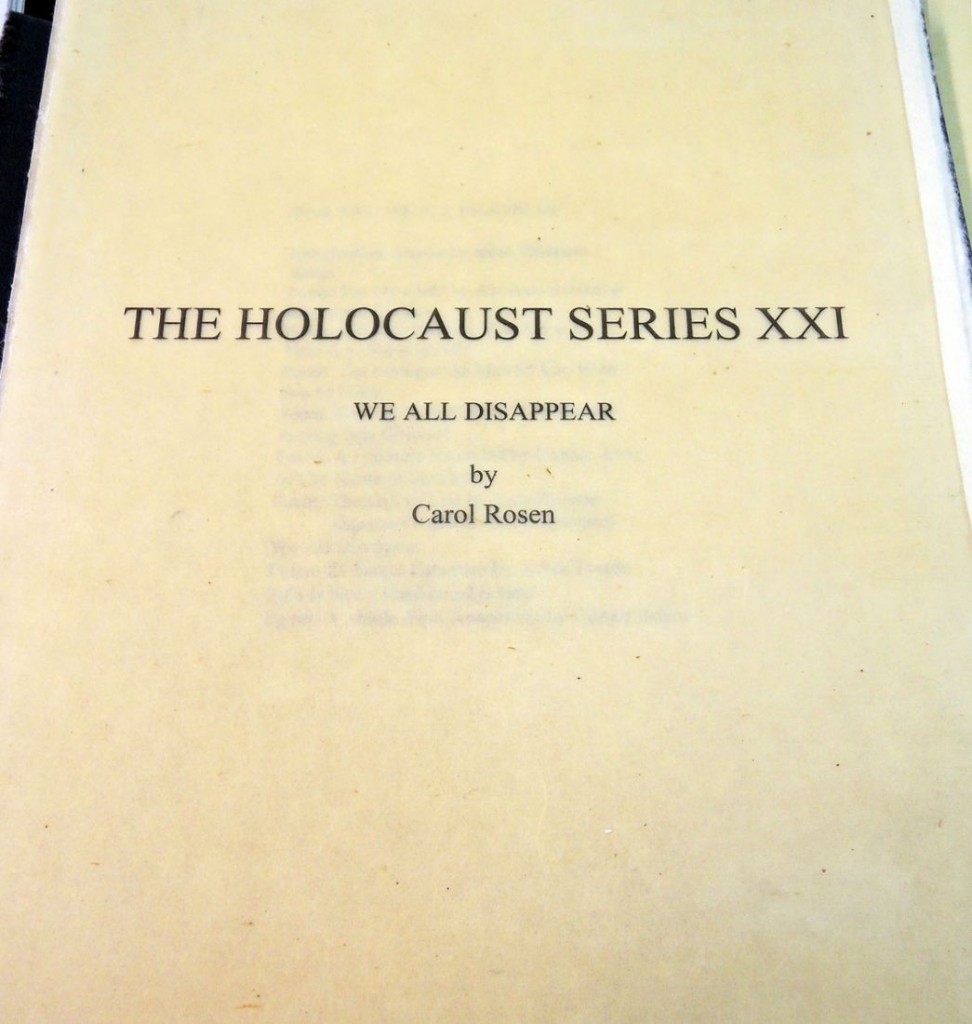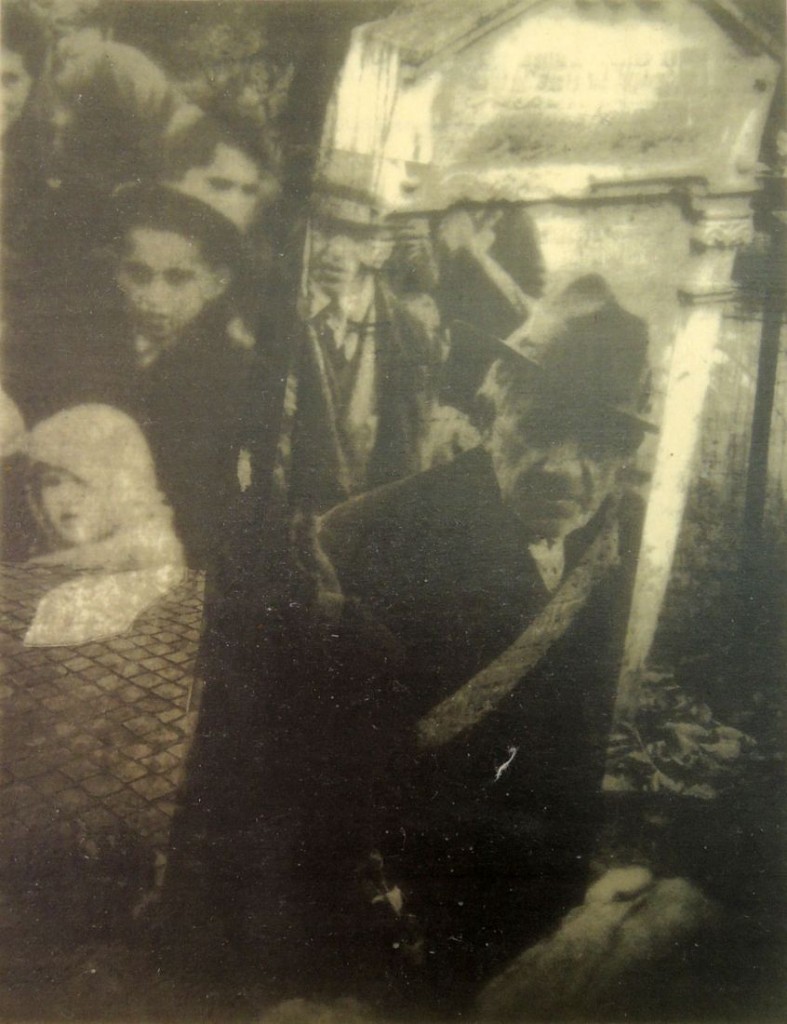Are you an avid collector of books, manuscripts, or other materials found in libraries? If so, consider submitting an essay about your collection for a chance to win the Elmer Adler Undergraduate Book Collecting Prize!
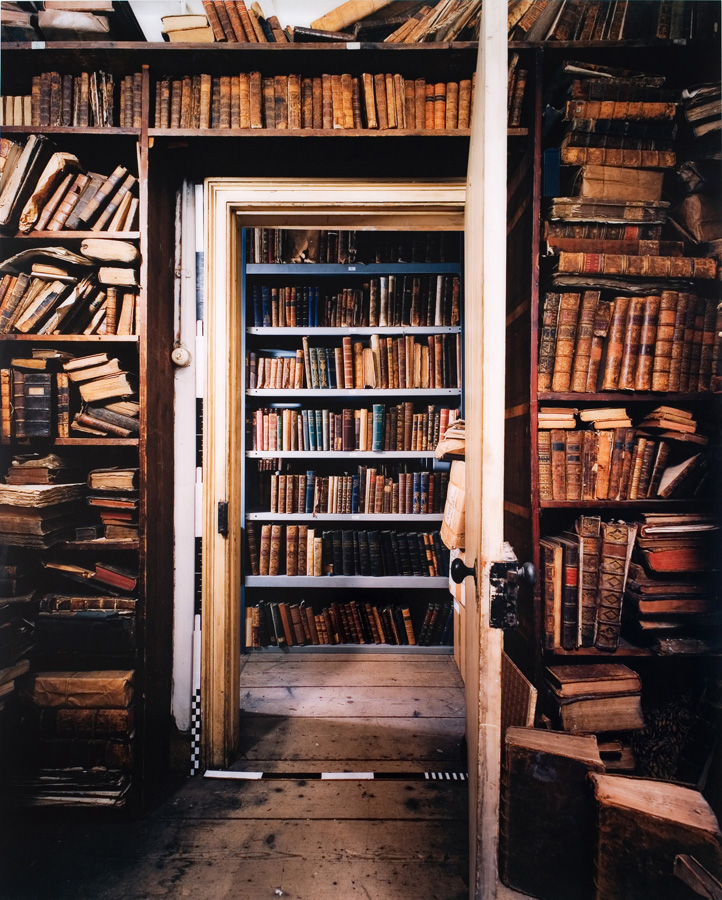
Image: (c) Jane and Louise Wilson, Oddments Room II (Voyages of the Adventure and Beagle), 2008. C-print, Edition of 4. Courtesy 303 Gallery, New York
Endowed from the estate of Elmer Adler, who for many years encouraged the collecting of books by Princeton undergraduates, this prize is awarded annually to an undergraduate student, or students, who, in the opinion of a committee of judges, have shown the most thought and ingenuity in assembling a thematically coherent collection of books, manuscripts, or other material normally collected by libraries. Please note that the rarity or monetary value of the student’s collection is not as important as the creativity and persistence shown in collecting and the fidelity of the collection to the goals described in a personal essay.
The personal essay is about a collection owned by the student. It should describe the thematic or artifactual nature of the collection and discuss with some specificity the unifying characteristics that have prompted the student to think of certain items as a collection. It should also convey a strong sense of the student’s motivations for collecting and what their particular collection means to them personally. The history of the collection, including collecting goals, acquisition methods, and milestones are of particular interest, as is a critical look at how the goals may have evolved over time and an outlook on the future development of the collection. Essays are judged in equal measures on the strength of the collection and the strength of the writing.
Winners will receive their prizes at the annual winter dinner of the Friends of the Princeton University Library, which they are expected to attend. The first-prize essay will be published in a forthcoming issue of the Princeton University Library Chronicle. In addition, the first-prize essay has the honor of representing Princeton University in the National Collegiate Book Collecting Contest organized by the Antiquarian Booksellers’ Association of America. Please note that per the ABAA’s contest rules, the winning essay will be entered exactly as submitted to the Adler Prize contest, without possibility of revision.
Prize amounts:
First prize: $2000
Second prize: $1500
Third prize: $1000
The deadline for submission is Tuesday, December 2, 2014. Essays should be submitted via e-mail, in a Microsoft Word attachment, to Faith Charlton: faithc@princeton.edu. They should be between 9-10 pages long, 12pt, double-spaced, with a 1-inch margin, and include a separate cover sheet with your name, class year, residential address, email address, and phone number. In addition to the essay, each entry should include a selected bibliography of no more than 3 pages detailing the items in the collection. Please note that essays submitted in file formats other than Microsoft Word, submitted without cover sheet, or submitted without a bibliography will not be forwarded to the judges. For inquiries, please contact Faith Charlton, faithc@princeton.edu.
Recent Adler Prize Winning Essays:
Rory Fitzpatrick, ’16. “The Search for the Shape of the Universe, One Book at a Time.” (forthcoming)
Natasha Japanwala ’14. “Conversation Among the Ruins: Collecting Books By and About Sylvia Plath.” PULC 74:2 (winter).
Mary Thierry ’12. “Mirror, Mirror: American Daguerrean Portraits.” PULC 73:3 (spring).
Chloe Ferguson ’13. “The Farther Shore: Collection, Memory, and the East Asian Literary Tradition.” PULC 73:3 (spring).
Lindsey Breuer ’11. “If Only I Could Apparate, My Harry Potter Collection Would Truly Appreciate.” PULC 73:3 (spring).
Posted by Faith Charlton
 In checking the provenance of our Joan of Arc bust, my colleague Steve Ferguson reminds me that Princeton holds a “Collection of reproductions depicting Joan of Arc, scenes from her life, and her childhood home,1630-1937” (Rare Books (Ex) Oversize 1509.142.499.65f).
In checking the provenance of our Joan of Arc bust, my colleague Steve Ferguson reminds me that Princeton holds a “Collection of reproductions depicting Joan of Arc, scenes from her life, and her childhood home,1630-1937” (Rare Books (Ex) Oversize 1509.142.499.65f).
